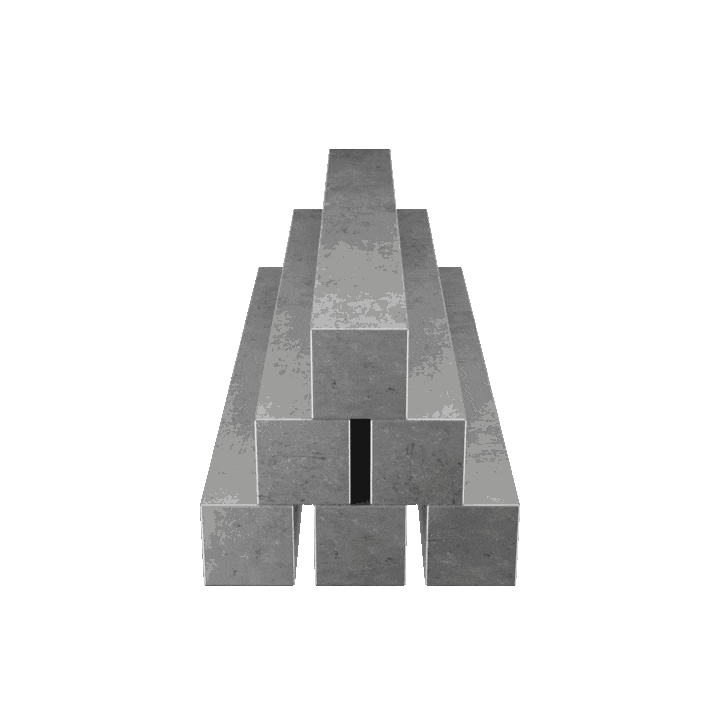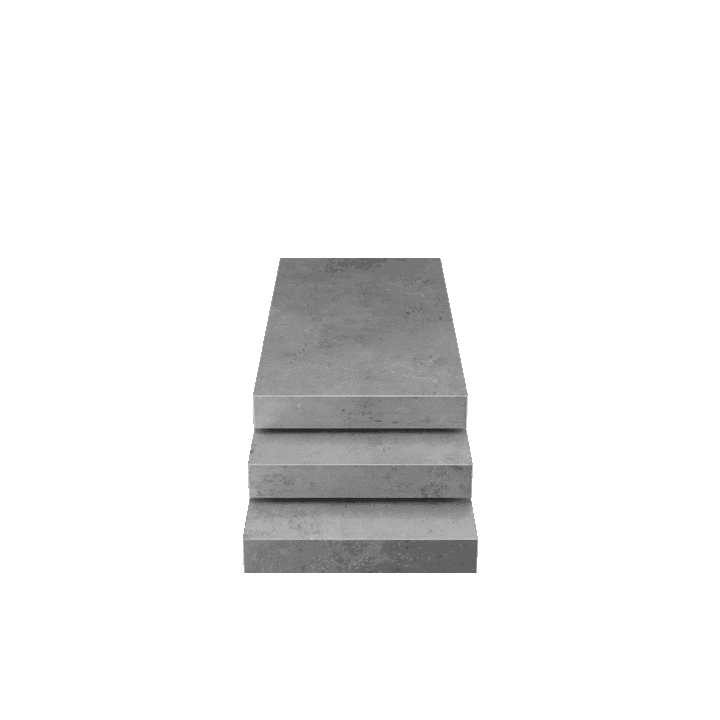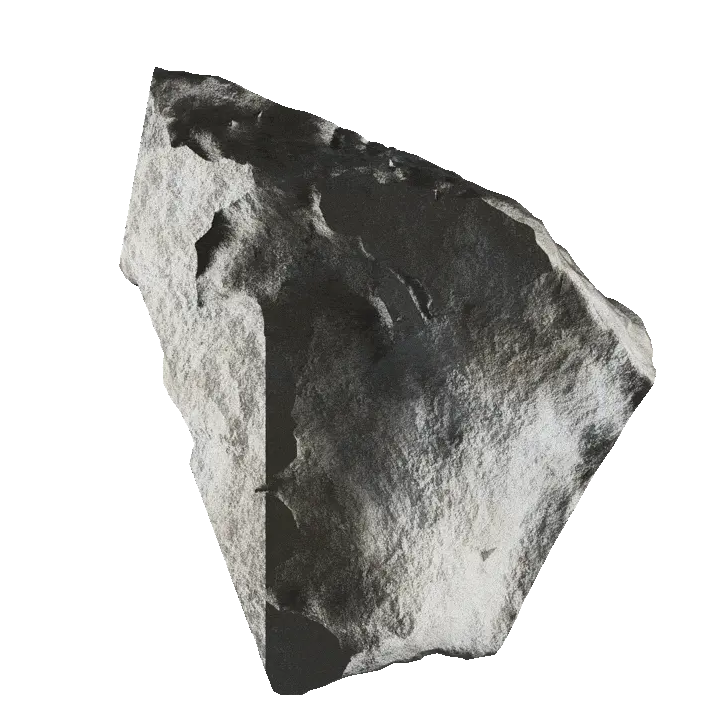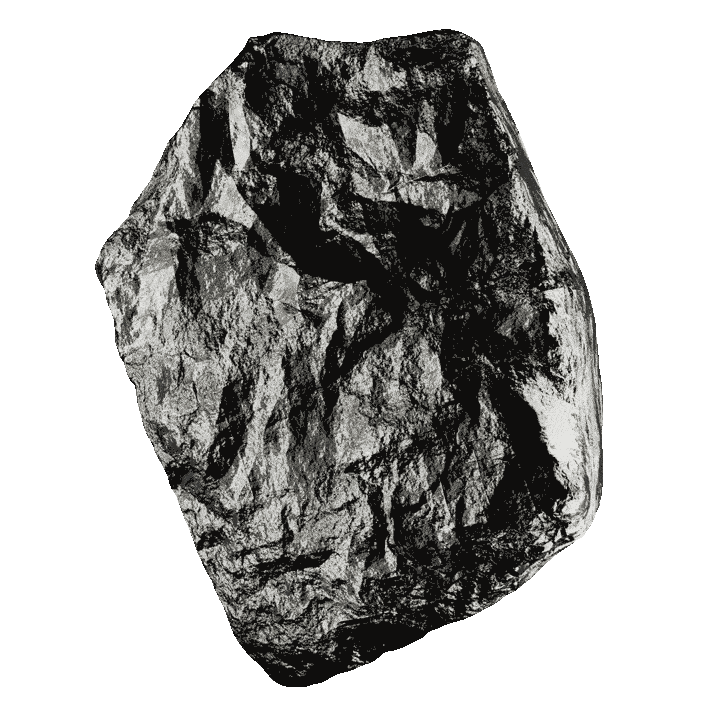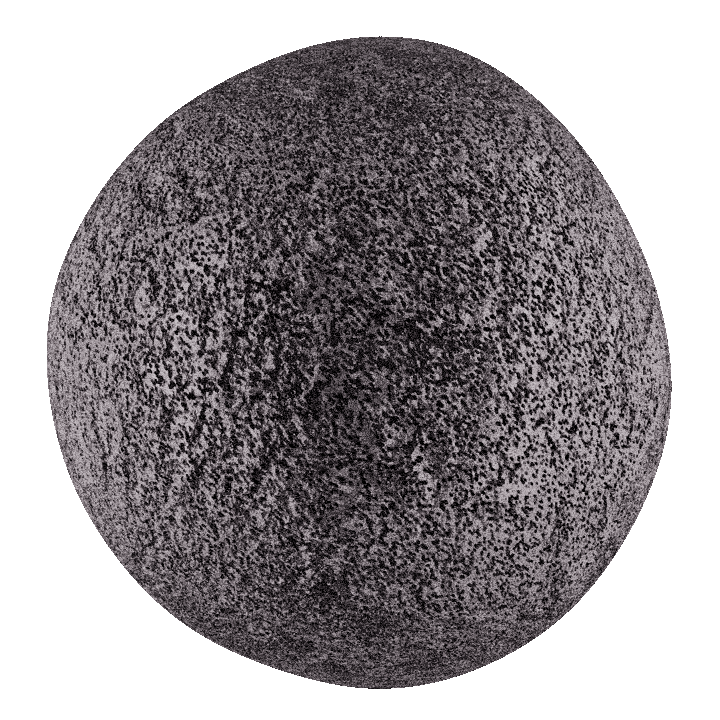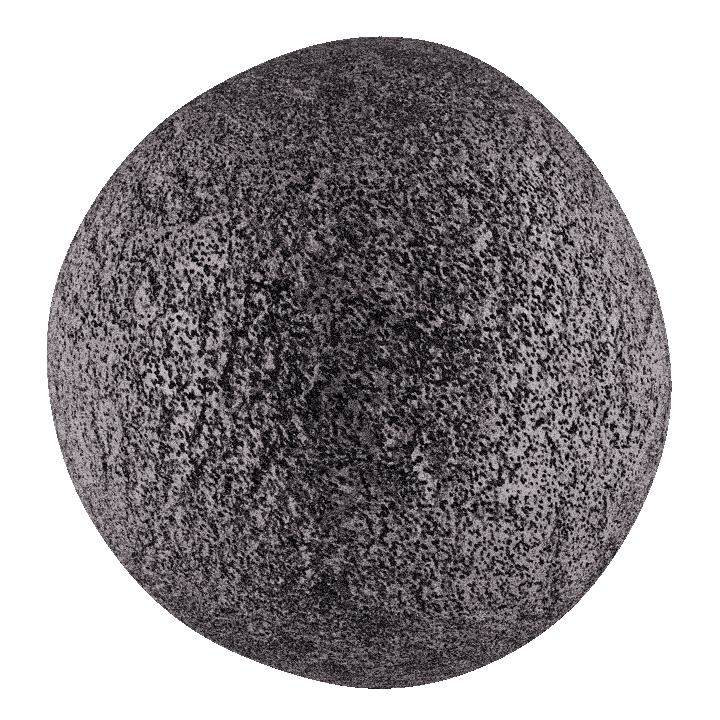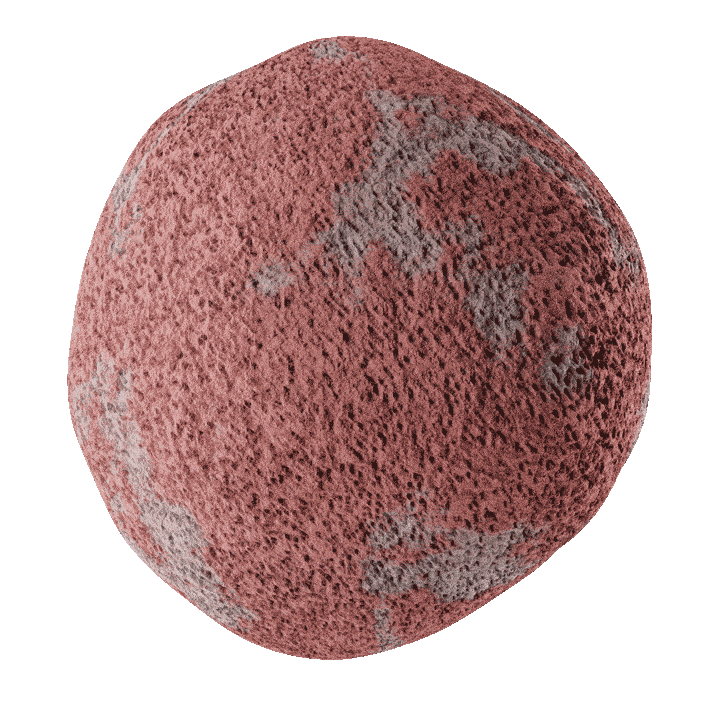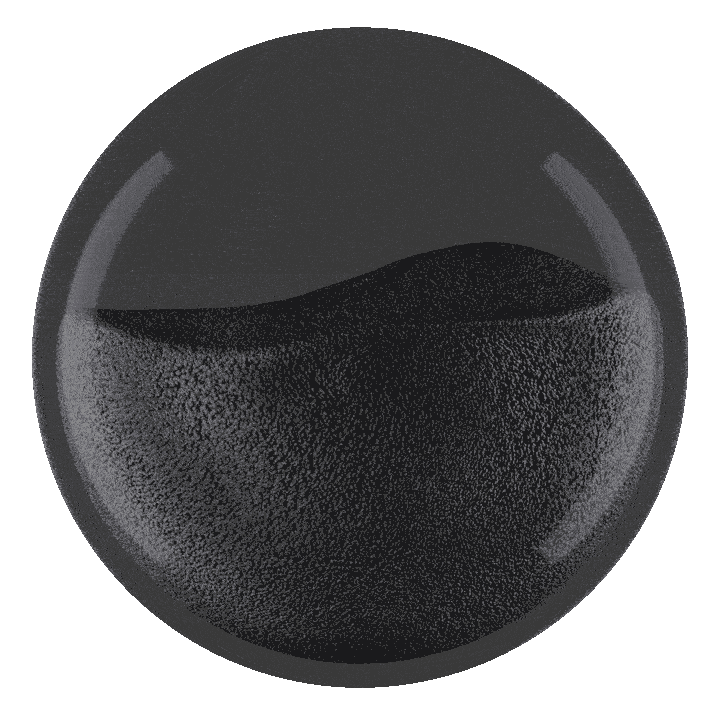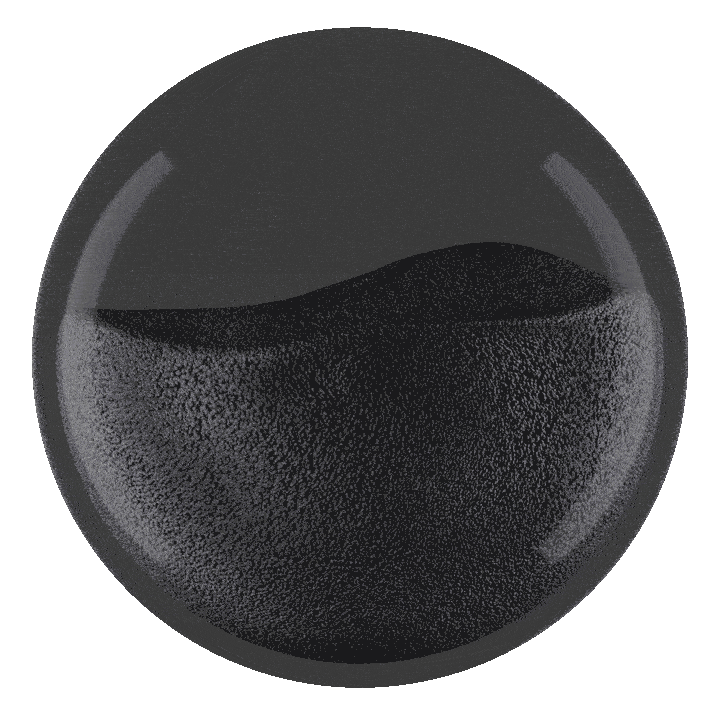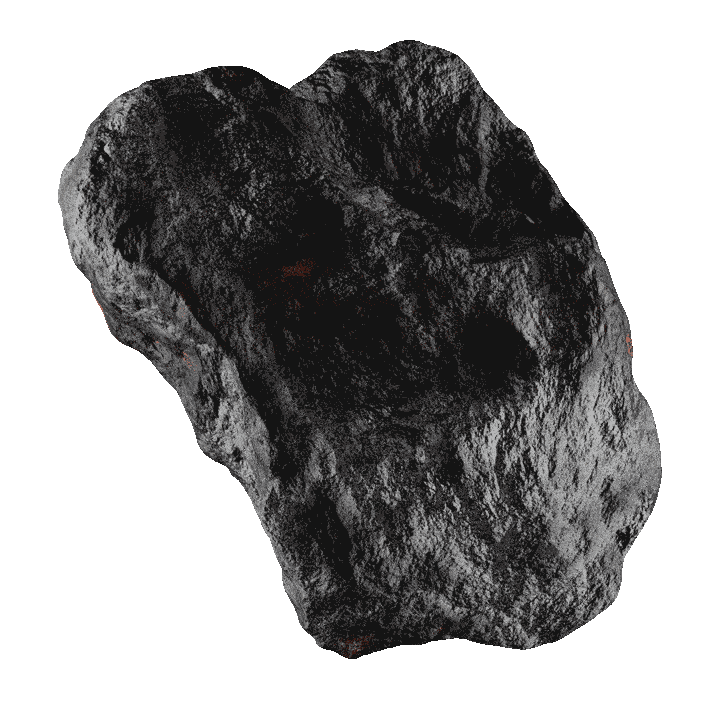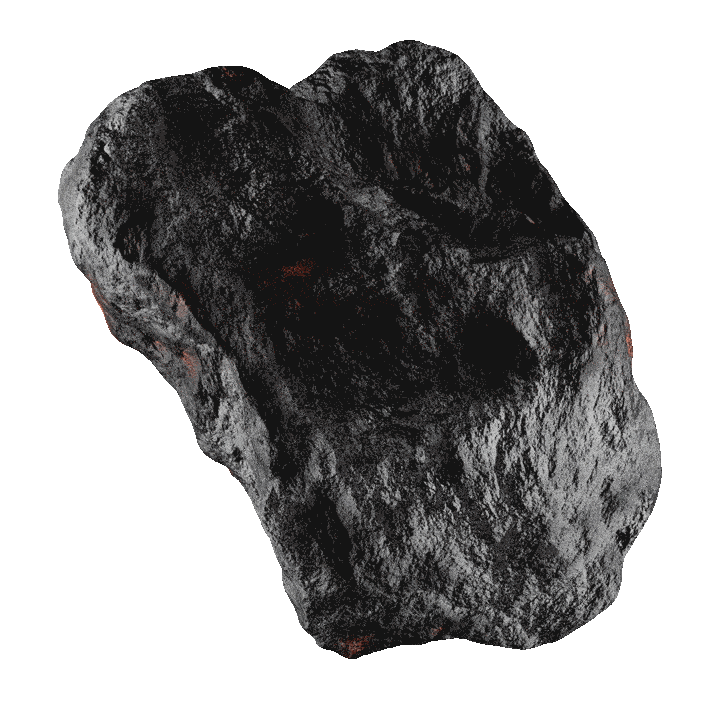
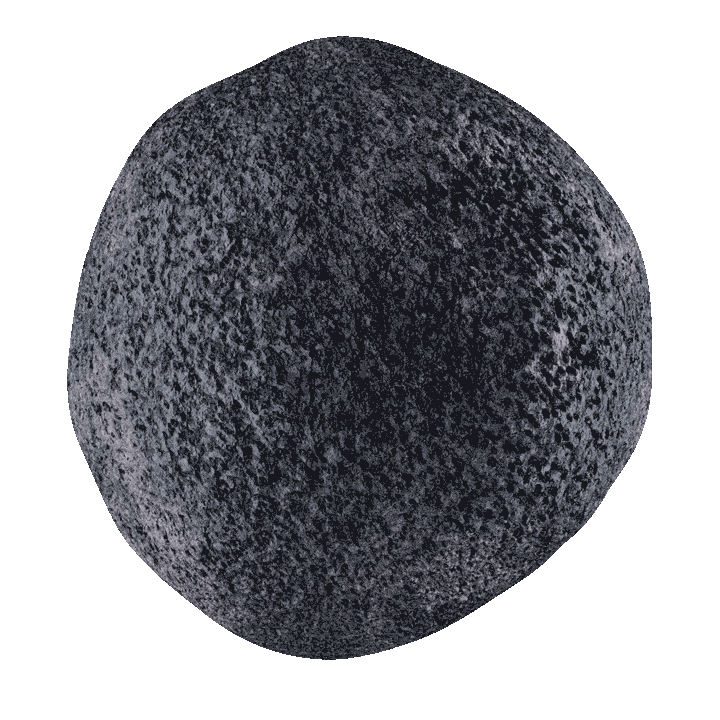
Pellet fines
intro
In all industries, the aim is to minimize waste by maximizing the use of materials. This is particularly important in the iron and steel industries and receives significant attention. In these industries, efforts are made to make the best use of raw materials and their derivatives. One familiar term in this industry is coke dust. In direct reduction plants and steel production factories, a wide range of products and raw materials are required for their operations, and one of the essential items is coke dust.
Considering the widespread application of coke dust in the steel production cycle, it is always a topic of discussion for purchase. This type of iron dust is used in various industries such as automobile manufacturing, bridge construction, aerospace, household appliances, and other steel products, which will be further explained below. Stay with us until the end of the article for more information in this regard.
What is Pellet fines? (narme gondole)
Coke dust is a practical and efficient product in various steel industries in the country. Due to its structure, it can be easily recycled, and steel product manufacturers can easily recycle these materials. Under these conditions, coke dust can be easily used again in the steelmaking chain. Additionally, due to advancements in the production of various parts and products, today sponge iron or coke dust can be used to produce products such as automotive brake pads after recycling. These types of dust are produced with a size of less than 6 centimeters and can be introduced into the dust chain and added to iron concentrate using the milling method.
In their natural state, coke dusts have a brown color and a circular shape. However, some types of coke dusts are also available in black or cream colors in the market. Brown coke dusts, however, have better performance and higher quality, which is why various industries have turned to using these dusts. The high potential of coke dusts enables them to be transformed into useful products in iron smelting furnaces. The structure of sponge iron dust can also be utilized to improve traditional production methods. For this reason, the purchase of coke dust for use in their own factories has attracted much attention from buyers in the production of iron and steel sections today.
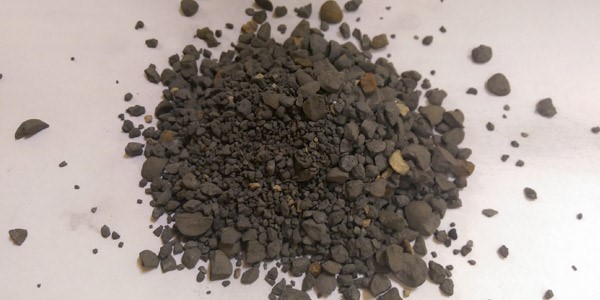
How to Use Pellet fines
One of the main raw materials for direct reduction is iron dust, which accounts for about 5% of the raw materials during the sponge iron production process, and this waste is obtained in the form of sludge from the washing of gases and the dust collectors of the reduction unit. A large volume of sponge iron or coke dust is produced daily. This has led to the use of sponge iron dust in briquette production. Also, since the produced coke dusts are obtained during the direct reduction of iron, their quantity is small, accounting for less than approximately 10% of the total materials. Therefore, briquetting is limited, and due to this limitation, it is not used for export purposes, with briquettes only being used in domestic production.
After the production of sponge iron in the direct reduction method, the obtained iron is screened, and the iron fines are separated and combined with a small amount of silica adhesive and lime in a compaction device to obtain the final product. In general, briquettes are used in electric arc furnaces due to their specific properties. The most important use of these products and the production of briquettes is to have a healthier environment so that more damage to the environment does not occur by using iron waste and the resulting dust. These briquettes have brought about a great transformation in the alloy and its unusable derivatives.
Application of iron fines in electric arc furnaces:
Iron fines have very low weight and cannot be charged in electric arc furnaces. Due to the existing problems in transporting the fines, there is not much attractiveness to buy them. This situation often leads to the conversion of fines into briquettes for use and re-entry into the production cycle. The reasons for using iron fines in electric arc furnaces are as follows:
- Iron fines cannot be stored.
- Iron fines do not have suitable mobility and cannot be conveyed to the place of consumption via conveyor belts.
- Due to the low density and weight of this product, if used normally, a significant loss will occur.
- The purity of iron in fines is about 80%, which is used as a rich source in steel production.
Price of iron fines:
Having complete information about the price of sponge iron fines is of great importance due to the high demand from steel section producers and the construction of various parts and equipment. To inquire about the price of fines, various factors should be considered. The price of these fines is determined based on their grade. However, other factors also influence this pricing. The purity of sponge iron fines has a greater impact on the price than other factors. The raw materials used in the production of these fines have different qualities. The higher the quality, the higher the price of the final product. Another influential factor in the price is the processing method of the fines. For more information on the price and quality of the product, users can fill out the contact form at the end of the article and contact the support experts at kaladasht.com.
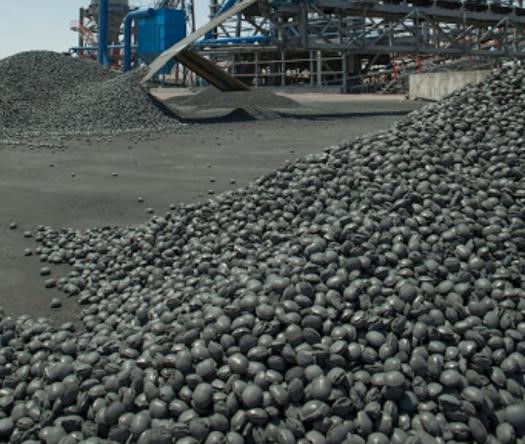
FAQs:
These fines are used for the production of iron briquettes. They are also used in the production of metallic and semi-metallic brake pads for automobiles in the automotive industry.
Bentonite, hydrated lime, lime, organic materials, cement, and water are among the materials used in the production of fines.
Iron fines or sponge iron are small pellets that have high heat resistance. Due to their high durability, they have a wide range of applications in the steel and casting industries.
The production capacity of fines in Iran is sufficient to meet all domestic needs, and the surplus is exported to other countries. Imports of fines in Iran are almost zero, and the import of this product is not allowed into the country.”
